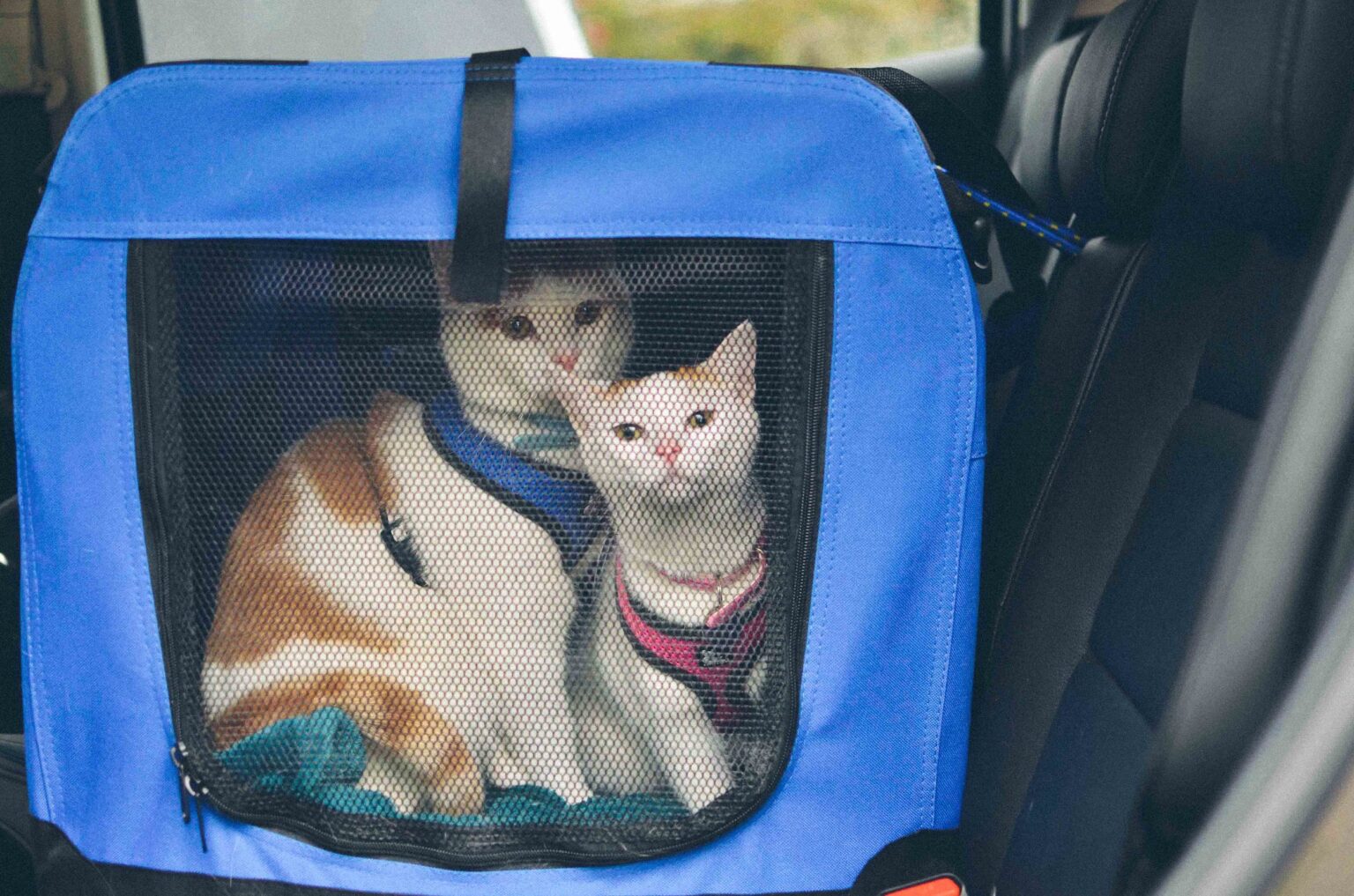
Can I Drive With My Pet Cat In My Lap
The bond between humans and their beloved pets, including cats, is a powerful and heartwarming aspect of our lives. Naturally, we want to share every moment, even car rides, with our furry companions. However, when it comes to driving with your pet cat, particularly with them perched on your lap, it’s crucial to consider the safety implications for both you and your feline friend.
In this article, we will delve into the question of whether it’s safe and advisable to drive with your pet cat in your lap. We’ll explore the risks associated with this practice, as well as alternative methods for traveling with your cat in a manner that ensures their safety and well-being while on the road.
So, before you embark on your next journey with your feline co-pilot, let’s take a closer look at the facts and guidelines that will help keep both you and your beloved cat safe during car trips.
Why Driving with a Pet Cat on Your Lap is Unsafe?
- Distraction: Having a pet on your lap can be highly distracting. Your attention should be on the road and driving safely, but a pet on your lap can divert your focus, increasing the risk of accidents.
- Loss of Control: In the event of sudden movements or distractions caused by your pet, you may lose control of the steering wheel of your vehicleor your ability to respond to changing road conditions.
- Airbag Danger: If an airbag deploys during an accident, it can seriously harm or even be fatal to your pet if it’s on your lap. Airbags are designed for the protection of adult humans and can exert significant force.
- Injury to the Pet: In a collision or sudden stop, a pet on your lap can be thrown against the windshield, dashboard, or other hard surfaces, resulting in severe injuries or even death.
- Inadequate Restraint: Pets on laps are not adequately restrained. In the event of an accident, your pet can become a projectile, endangering both the pet and the vehicle’s occupants.
Safe Travel Guidelines for Pets in Cars
- Use a Proper Pet Carrier: The safest way for a cat to travel in a car is inside a secure and well-ventilated pet carrier. Ensure the carrier is appropriately sized for your cat and securely fastened in the car.
- Secure the Carrier: Place the carrier in the back seat of the car, and use a seatbelt or specialized pet carrier restraint to secure it. This prevents the carrier from moving or tipping during the journey.
- Avoid Front Seats: Do not place the pet carrier in the front passenger seat. Airbags in front seats can pose a significant danger to pets in the event of an accident.
- Stay Calm: During travel, speak to your cat in a calm and reassuring tone. Familiarize your pet with the carrier before the trip to reduce anxiety.
- Regular Breaks: Plan for regular stops during longer journeys to allow your cat to stretch, use the litter box, and drink water. Keep your cat on a leash during breaks for safety.
- Never Leave Pets in a Parked Car: Even with the windows cracked, the temperature inside a parked car can become dangerously hot or cold for your pet. Never leave your cat unattended in a car.
- Pet Identification: Ensure your cat has proper identification, including a collar with an ID tag and a microchip. If your pet were to escape during travel, this can help with recovery.
- Pet Restraints: For dogs, consider using a pet seatbelt or harness that attaches to the car’s seatbelt system. This keeps the dog safely restrained in the back seat.
- Comfort and Familiarity: Place familiar items, like your cat’s favorite blanket or toy, inside the carrier. Familiar scents can provide comfort during the journey.
- Practice Patience: Understand that some pets may experience anxiety or motion sickness during car travel. Be patient and gradually acclimate your cat to car rides with short, positive experiences.
Conclusion
In summary, driving with a pet cat on your lap is unsafe and can lead to distractions, loss of control, and serious injury to both you and your pet. It’s essential to prioritize safety when traveling with pets in a car by using a proper pet carrier, securing it, and following safe travel guidelines. These precautions will ensure a safe and comfortable journey for you and your feline companion.



